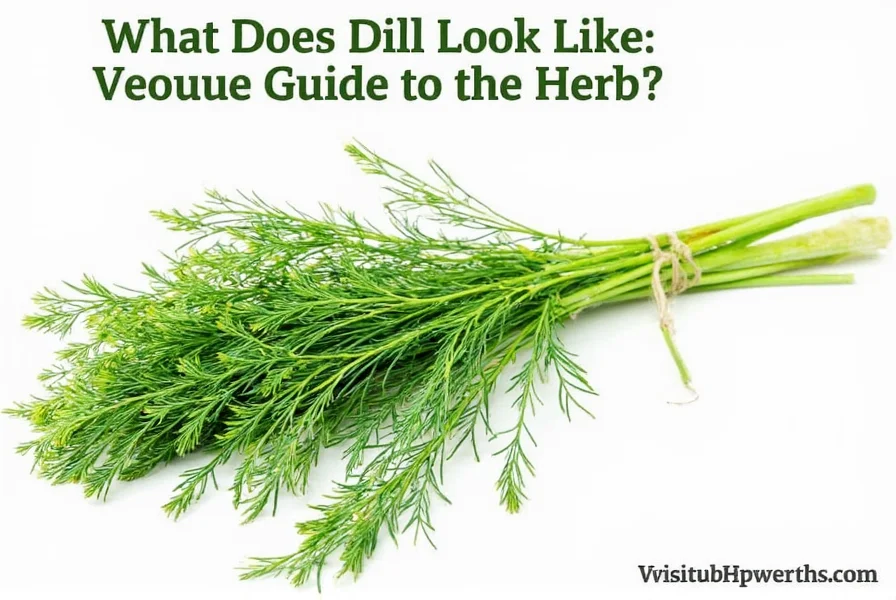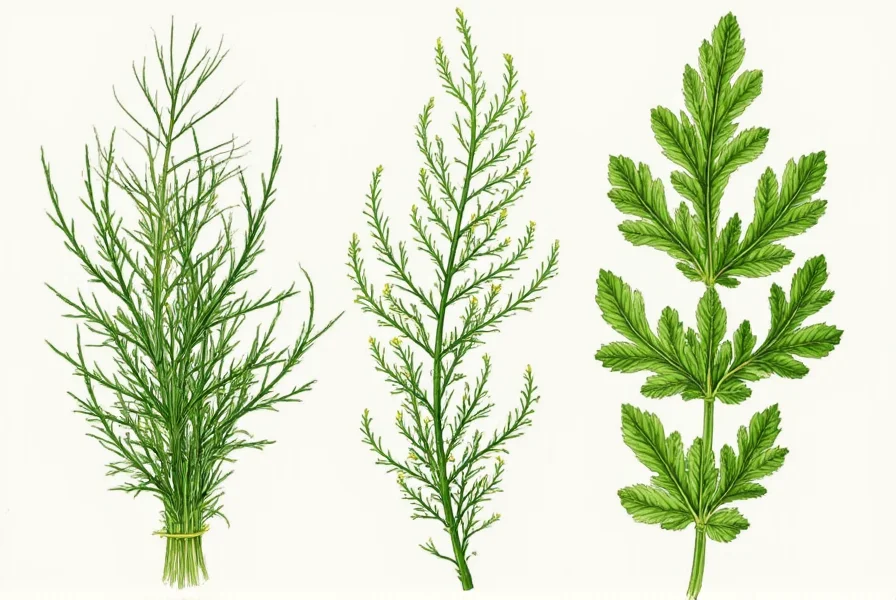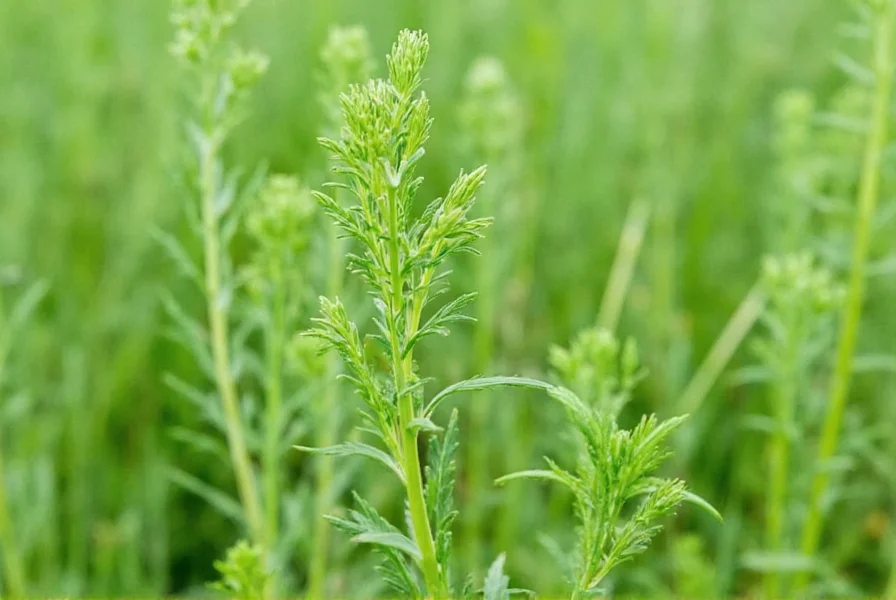Dill (Anethum graveolens) is an annual herb prized for both its aromatic leaves and seeds. Understanding what does dill look like is essential for gardeners, cooks, and foragers who want to correctly identify this versatile herb.
Physical Characteristics of Fresh Dill
Fresh dill, often called dill weed, displays several distinctive visual features. The leaves grow in multiple tiers along the central stem, creating a lacy, airy appearance. Each leaf measures approximately 4-10 inches long and consists of numerous fine, thread-like segments that give dill its characteristic feathery look. The color ranges from light to medium green with subtle blue undertones, especially in younger growth.
The stems are smooth, hollow, and range from 1/8 to 1/4 inch in diameter. Mature dill plants typically reach 2-4 feet in height, though they can grow taller in ideal conditions. When dill flowers (usually in its second summer), it produces umbrella-shaped clusters of tiny yellow flowers called umbels, typically 2-5 inches across.

Dill Seeds: Appearance and Development
Dill seeds form after the yellow flowers mature and dry. These oval-shaped seeds measure about 1/8 inch long with distinct longitudinal ridges running their length. Initially green, they mature to a light to medium brown color. The seeds grow in flat clusters called schizocarps that split into two halves when ripe.
How to Identify Dill in Your Garden
When trying to identify dill plant among other herbs, look for these key markers:
- Leaf structure: Delicate, fern-like foliage that's much finer than parsley or cilantro
- Growth habit: Single central stem with branches growing in opposite pairs
- Scent: Distinctive clean, slightly citrusy aroma with subtle anise notes
- Flower pattern: Perfectly symmetrical yellow umbels when flowering
Dill vs Similar Herbs: Visual Comparison
Many gardeners confuse dill with fennel due to their similar appearance. This comparison helps clarify what does dill look like versus related plants:
| Feature | Dill | Fennel | Cilantro |
|---|---|---|---|
| Leaf Texture | Extremely fine, thread-like segments | Slightly thicker, more substantial | Broad, flat leaflets |
| Color | Blue-green | Bright yellow-green | Medium green |
| Stem | Slender, hollow | Thicker, solid, often purple-tinged | Thin, hollow |
| Flower Color | Yellow | Yellow | White |
| Aroma | Citrusy, clean | Strong licorice/anise | Pungent, soapy (to some) |
Recognizing Dill at Different Growth Stages
Understanding what does dill plant look like in garden throughout its lifecycle helps with proper identification:
Seedling stage (2-4 weeks): First true leaves appear feathery rather than the simple cotyledons of many plants. The seedlings have a distinctive upright growth pattern.
Mature vegetative stage (6-10 weeks): Fully developed fern-like leaves with the characteristic blue-green hue. Plants reach 18-36 inches tall with multiple side branches.
Flowering stage (10-12 weeks): Develops the signature yellow umbel flowers at the top of the plant. The flowering stems grow several inches taller than the leafy portion.

Identifying Fresh Dill in Markets
When shopping for fresh dill, look for these visual cues to ensure quality:
- Bright green to blue-green color (avoid yellowing or browning)
- Firm, crisp stems (not limp or slimy)
- Feathery leaves that aren't wilted or dried out
- No signs of flowering (unless specifically seeking dill flowers)
- Fragrant aroma when gently crushed
Dried dill loses much of its visual distinctiveness but should maintain a greenish hue rather than turning brown. Properly dried dill has a more muted green color and brittle texture compared to the fresh herb.
Common Misidentifications
The most frequent confusion occurs between dill and fennel, especially when the plants are young. While both belong to the Apiaceae family, dill vs fennel visual differences become apparent with closer inspection. Dill leaves are significantly finer and more delicate, with a lighter green color. Fennel has a stronger licorice scent and often develops a bulbous base, which dill never does.
Caraway and cumin may also be confused with dill seeds, but dill seeds are oval with distinct ridges, while caraway seeds are crescent-shaped and cumin seeds are longer and more curved.











 浙公网安备
33010002000092号
浙公网安备
33010002000092号 浙B2-20120091-4
浙B2-20120091-4